In part one of this blog series, we reviewed the impact that the 2020 pandemic had on the skilled trades sector, training and pathways into the industry. In part two, we’ll dive into what we predict 2021 has in store to move the industry forward. Is the way training was delivered to deal with the COVID-19 pandemic here to stay? What modern learning trends can we expect to see to prepare the new skilled workforce?
What to Expect in 2021 — High-Impact, Digital Learning
1. Innovation in Hands-On Learning Will Continue
2020 saw a significant rise in both the quantity and quality of skilled trades learning, and we expect such learning to become more innovative in 2021.
Month by month, we are seeing greater immersion in learning, signaling the enormous potential in online skilled trades learning this year. It’s no longer the case that hands-on training has to be conducted in person. It’s now possible for any number of scenarios or difficult situations to be simulated and participants monitored as to how they respond.
Take HVAC technicians, for example, where VR and other forms of online learning will allow them to address scenarios that might normally take months and years to master — everything from evacuation and charging on different systems, to the broad variety of circuits in HVAC equipment, cooling systems, diagnostics and much more.
Plus, New Categories of Learning are Emerging
Going one step beyond immersive learning is Comersive Learning. Comersive Learning allows students to accelerate job readiness by combining an immersive experience with social learning methods. It blends immersive, virtual training content and curriculum, one-on-one mentorships and learning communities through a single learning platform to push the limits of student engagement and on-the-job learning.
This continued innovation is bridging the gap between education technology and supporting the critical human connection that’s needed to promote effective learning.
2. Learner Engagement Will be a Key Focus
Taking learning digital doesn’t always necessarily increase learner engagement. If anything, digital learning may lead to a greater sense of detachment with participants struggling from cognitive overload.
The best learning providers are keenly aware of this and are exploring different ways of increasing engagement and aligning training with individual learning paths. This way, participants see the benefits, and organizations see their returns on investment.
Technologies, such as VR, have a crucial role to play, particularly in creating a problem-solving environment of cooperation and in rebuilding company cultures remotely.
Gamification developments, such as point scoring, competition and leaderboards also support learner engagement. Research in education, for example, shows that students remember 90% of material that is picked up through experiences compared to just 30% of what they hear.
The facts show the effectiveness of VR-based training. A report from PWC found that learners using VR are 3.75 times more emotionally connected and 1.5 times more focused than classroom learners. There’s no doubt that VR is likely to lead the way as a catalyst for greater learner engagement in 2021.
3. Learners Will Need Even More Flexibility and Control
This greater focus on learner engagement leads into the demand for more learner control and the tools to do this.
One of the challenges of traditional apprenticeships is that they tend to take a linear path, lacking the flexibility to accommodate different needs or to scale up when required. The growth in digital learning brings with it added scalability and flexibility towards different learning paths, ensuring that participants learn the right skills at the right time — while still keeping consistency, measurement and targets.
Greater learner control can also lead to a greater ability to problem solve — important in skilled trades, especially when activities are taking place virtually. Manpower found that more than half (56%) of employers say communication skills, written and verbal, are their most valued human strengths followed by collaboration and problem-solving.
Online learning and VR, and their flexibility, means that content can be seamlessly adapted and customized to meet specific learner needs and career pathways. We look forward to seeing more of this in 2021.
4. Timescales for Learning New Skills Quickly Will Shorten
It’s vital to both increase the attractiveness of skilled trades careers, as well as shorten the learning path, to encourage people to join the trades and fill a growing skills gap with job-ready workers.
Digital-based technologies are already playing a huge role in speeding up the adoption of job competencies and making apprenticeships shorter and more effective without compromising standards.
According to a report by PWC, digital learners complete training four times faster than classroom training. We expect to see more shortening of time frames from skill adoption to application in 2021.
Just as important as the current demand for skilled trades, is the need to balance training with on-the-job activities. Many companies simply cannot afford to pull skilled workers away from service calls. The flexibility of online training allows training and day-to-day activities to work side by side.
Summary
Many organizations are already adapting to the new reality. At Interplay Learning, for example, the last few months have seen a dramatic increase in demand for online and virtual reality training for essential skilled trades.
While 2020 had its challenges, it also accelerated the transformation to high-impact, digital learning. 2021 is sure to be an exciting journey.








